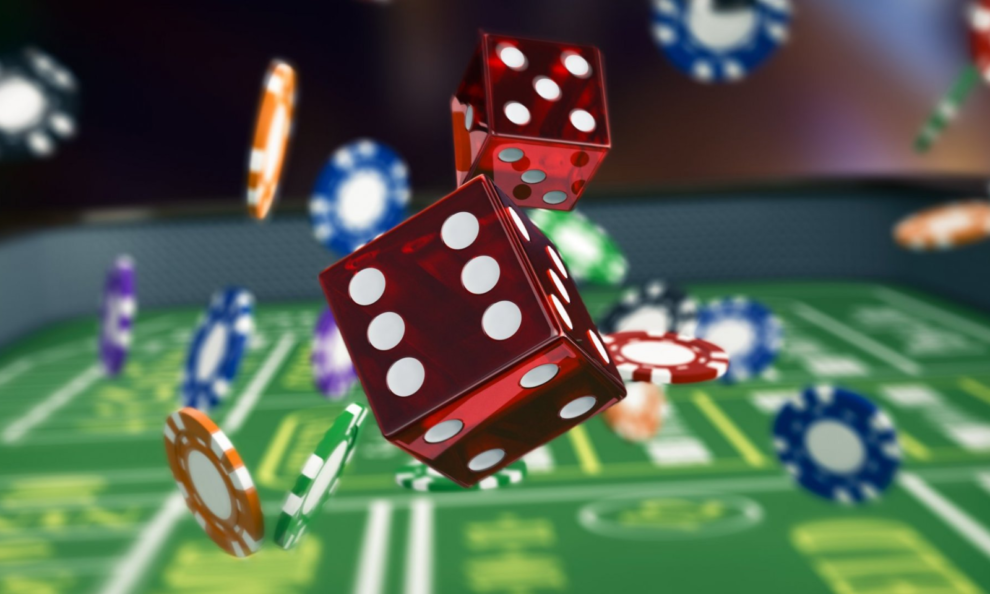Betting and gambling have been integral to Indian culture since ancient times, with references in epics like the Ramayana and Mahabharata. The Mahabharata, in particular, highlights the negative consequences of gambling through the plight of the Pandavas. This theme is cited in the Supreme Court’s State of Bombay v. RMD Chamarbaugwala decision.
Ancient texts like the Rig Veda and Atharva Veda, dating back to around 1500 B.C., also mention gambling. The Atharv Veda’s Hymn XXXVIII discusses a charm for success in gambling, invoking Apsaras to secure victory with skill. According to the Manusmriti, betting and gambling are condemned as they undermine truth, honesty, and wealth, leading to self-destruction and enmity. Manu said:
Gambling and betting let the king exclude from his realm; those two vices cause the destruction of the kingdoms of princes (221). Gambling and betting amount to open theft; the king shall always exert himself in suppressing both (of them) (222).
While Manu outrightly condemns gambling, philosopher Yajnavalkya aims to bring it under state control. The Indian polymath Kautilya supports state control of gambling, suggesting the state could derive revenue from it. His work Arthashastra suggested severe penalties to those violating gambling regulations:
The Superintendents of gambling house shall, therefore, be honest and supply dice at the rate of a kákani of hire per pair. Substitution by tricks of hand or dice other than thus supplied shall be punished with a fine of 12 panas. A false player shall not only be punished first with the amercement and fines leviable for theft and deceit, but will also be subjected to forfeit the stakes he has won.
While gambling has been a common phenomena, ancient texts express skepticism towards it, viewing it as a perilous endeavor with the potential for self-harm and even self-destruction. The debate of whether gambling is primarily a game of skill or chance is present since ancient times, with references to “dicing being an art” present in Mahabharata and folklore.
Source: Gateway to Gaming
















